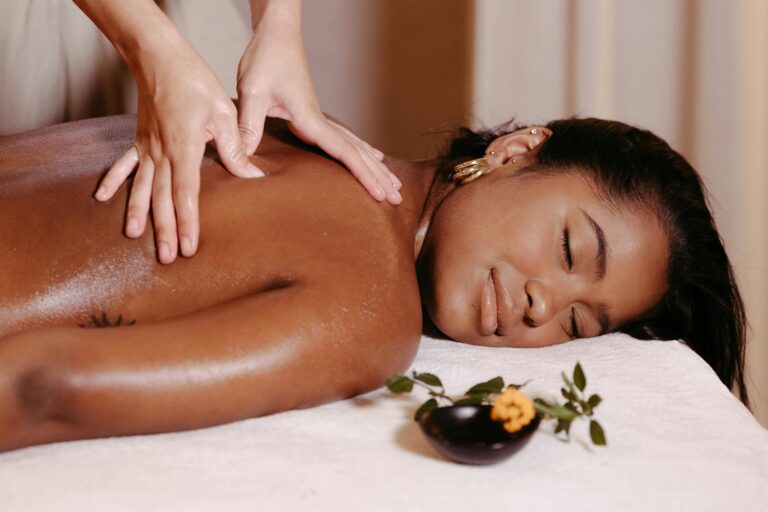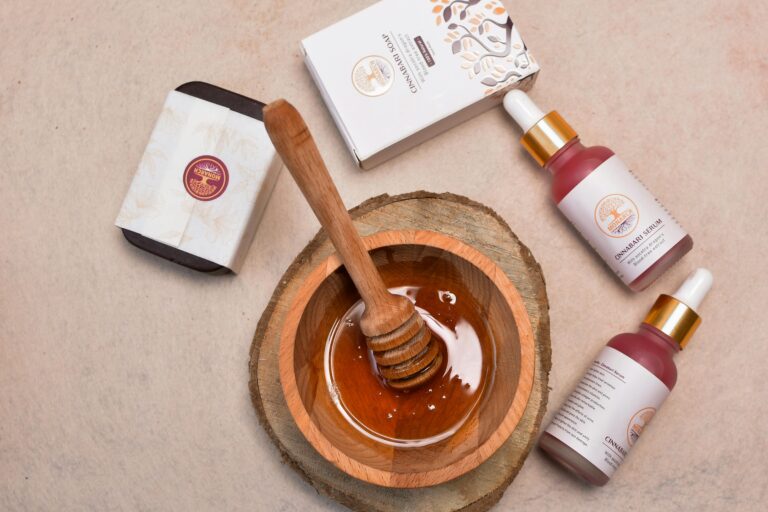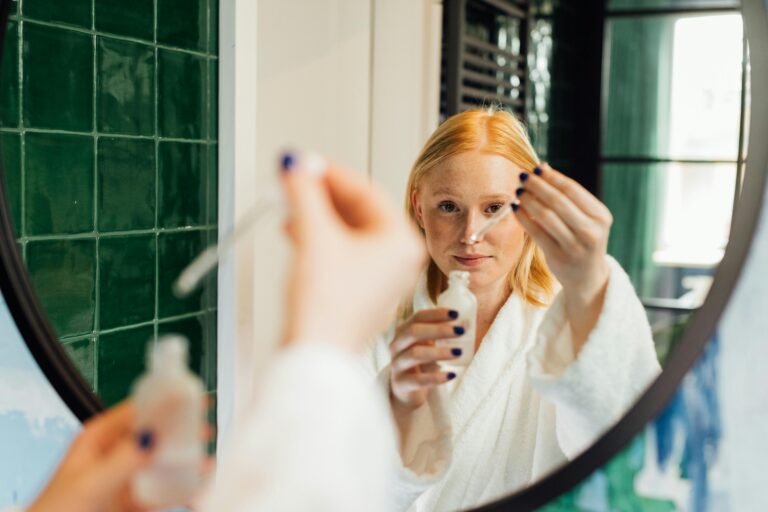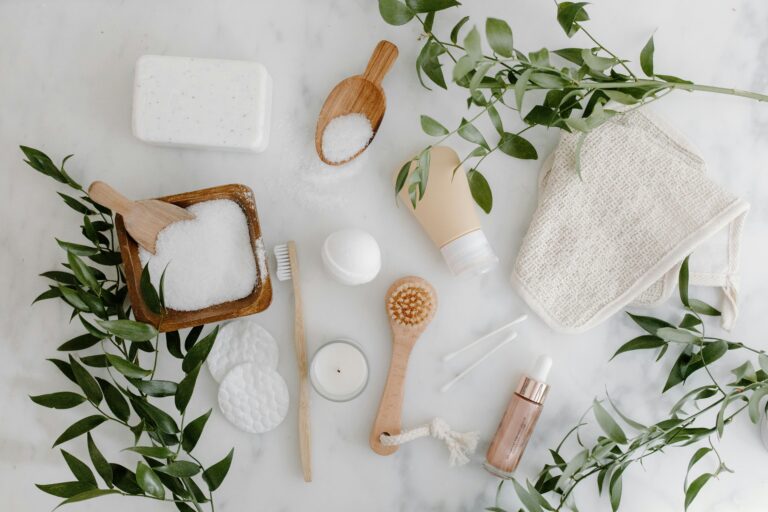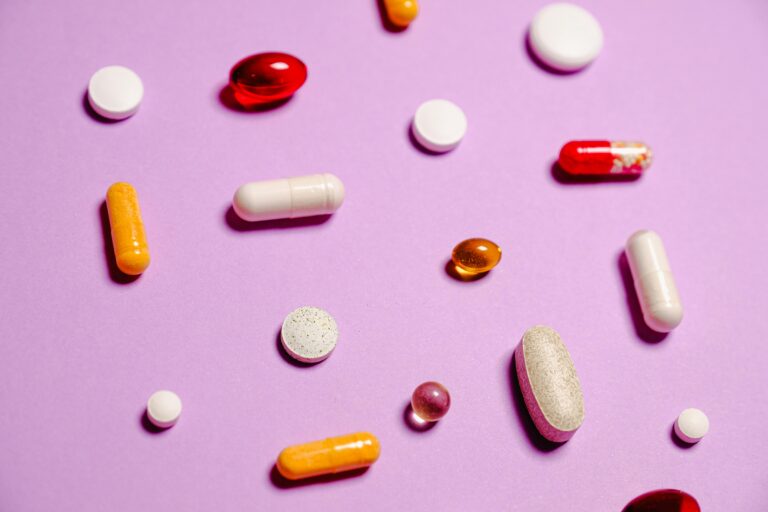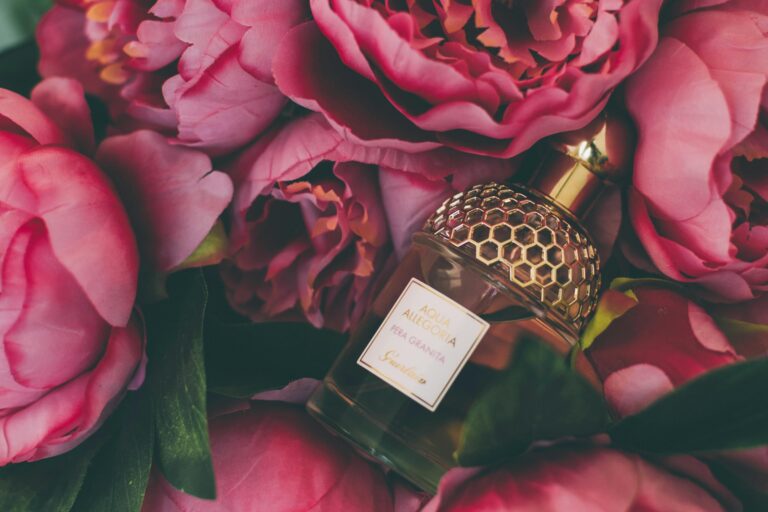Best Shampoo and Conditioner for Damaged Hair: Top 5 Professional Picks
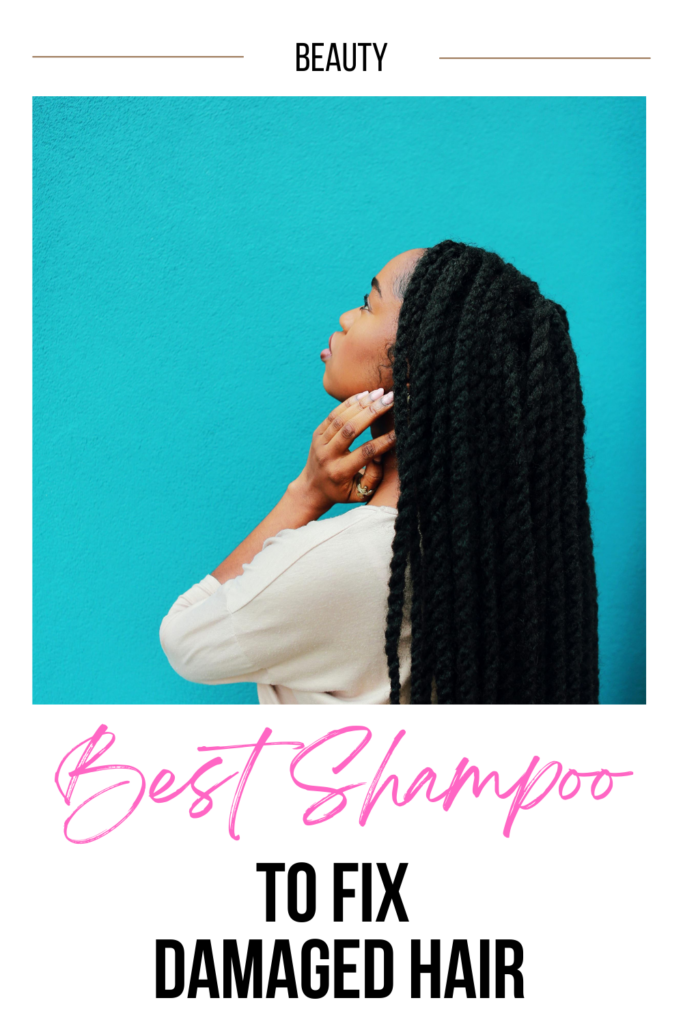
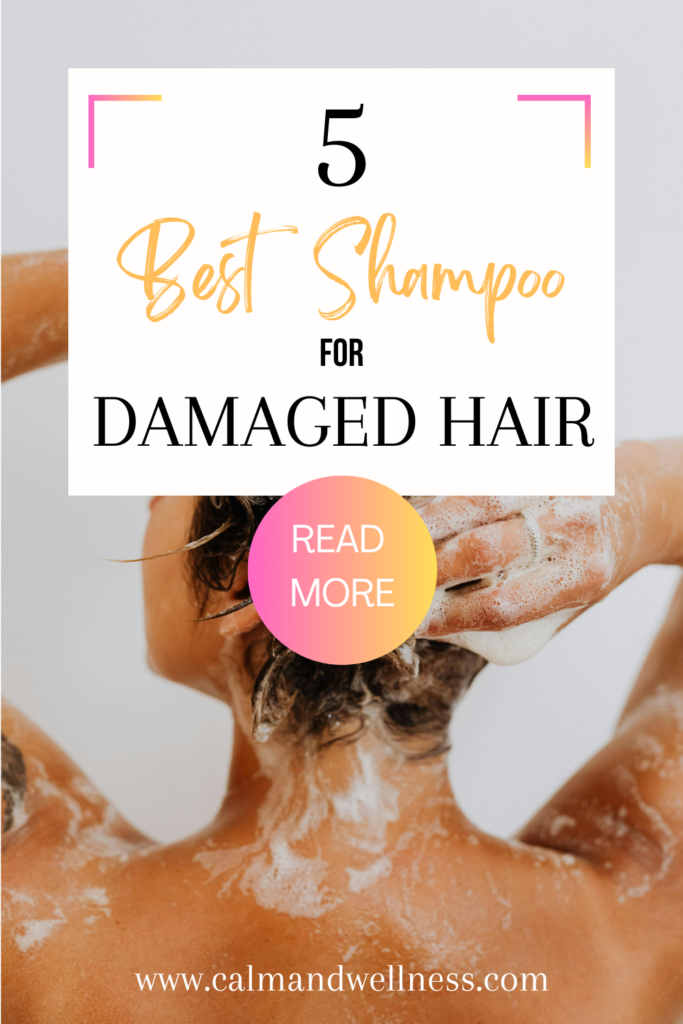
This site contains affiliate links, view the disclosure for more information.
If your hair is feeling dry, brittle, or just generally unhappy, it might be time to switch up your hair care routine.
The right shampoo and conditioner duo can work wonders for damaged hair, helping to restore hydration, rebuild strength, and prevent future breakage. We’ve rounded up the absolute best options to get your hair back on track !
1. Essential Ingredients to Look for
Before diving into the best products for damaged hair, let’s break down what to look for in a shampoo and conditioner, understanding these key components will help you make an informed decision about which products are right for your hair.
1. Keratin & Protein Complexes
Keratin and protein complexes are absolutely crucial for rebuilding damaged hair structure. These ingredients work by filling in gaps in the hair shaft where damage has occurred, helping to restore strength and structure to weakened strands. Look for products containing hydrolyzed keratin or wheat protein, which can penetrate the hair shaft effectively. Read more about keratin’s role in hair health
2. Moisture Magnets (Humectants)
Moisturizing agents like glycerin and hyaluronic acid play a vital role in maintaining hair health. These ingredients are humectants, meaning they attract and retain moisture in the hair shaft. This is essential for damaged hair, which often lacks the ability to retain moisture on its own. Hyaluronic acid, in particular, can hold up to 1000 times its weight in water, providing intense hydration.Scientific insight into hyaluronic acid’s benefits for hair.
3. Nourishing Natural Oils
Natural oils are your hair’s best friends when it comes to deep nourishment. Argan oil, rich in vitamin E and fatty acids, penetrates the hair shaft to provide deep conditioning. Jojoba oil closely mimics our scalp’s natural oils, making it an excellent choice for balanced moisturizing. Coconut oil, with its unique molecular structure, can actually penetrate the hair shaft to prevent protein loss. Explore a study on coconut oil’s impact on hair.
4. Bond-Building Technology
Bond-building ingredients like Olaplex technology represent the cutting edge in hair repair. These revolutionary ingredients work at a molecular level to rebuild broken disulfide bonds in the hair, which are often damaged during chemical processing or heat styling. This technology can actually reverse damage rather than just masking it. Learn about Olaplex’s science.
5. Vitamins & Antioxidants
Vitamins B5, E, and biotin are essential nutrients for hair strength. Vitamin B5 (panthenol) helps improve hair’s elasticity and moisture retention, while vitamin E protects against oxidative stress. Biotin supports the production of keratin, the protein that makes up your hair structure. Check out how Vitamin E benefits hair.
6. Sulfate-Free Cleansers
Gentle sulfate-free cleansing agents are crucial in a good damaged-hair shampoo. These milder cleansers remove dirt and buildup without stripping the hair of its natural oils. They’re especially important for damaged hair, which needs to retain as much natural moisture as possible. Learn more about sulfate-free shampoo.
2. Signs That Your Hair Requires Special Attention
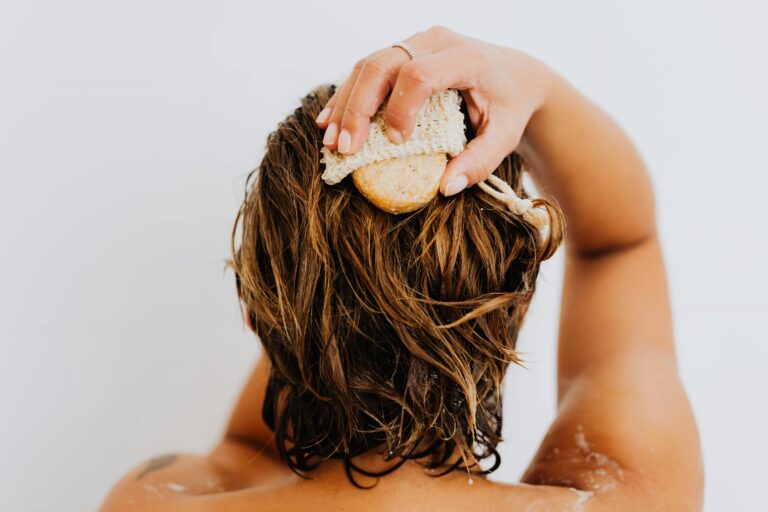
Identifying the signs of hair damage is crucial for choosing the right products and beginning proper treatment, let’s explore the key indicators that suggest your hair needs extra attention:
- Split Ends & Breakage – Hair that snaps easily or has frayed ends signals extreme structural damage, split ends can’t be “repaired” (they need to be cut off), but the right products can help prevent new ones from forming.
- Dry, Straw-Like Texture – If your hair feels rough instead of silky, it’s lacking hydration, this often occurs due to over-processing, heat styling, or environmental factors like sun exposure and hard water.
- Lack of Shine & Elasticity – Healthy hair reflects light and stretches without breaking (up to 30% of their lenght when wet), if yours doesn’t, it’s time for intensive care.
- Excessive Tangling – When hair’s cuticle layer is damaged, it becomes rough and more prone to tangling with other strands. If you find yourself battling knots constantly, your hair is likely damaged and needs help.
- Fading Color – Color fading and dullness, particularly in dyed hair, indicate cuticle damage. When the hair’s protective outer layer is compromised, color molecules can easily escape, leading to premature fading. Even natural hair can look dull and lifeless when damaged.
- Rough, Porous Feel – Rough, porous texture means your hair has lost its natural protective barriers. Run a strand between your fingers, if it feels bumpy instead of smooth, your hair is damaged.
3. Top 5 Shampoo and Conditioner Sets for Damaged Hair
After extensive testing and research, these five sets stand out as the best options for treating damaged hair. Each has unique strengths and can address specific types of damage effectively.
1. Briogeo Don’t Despair, Repair!
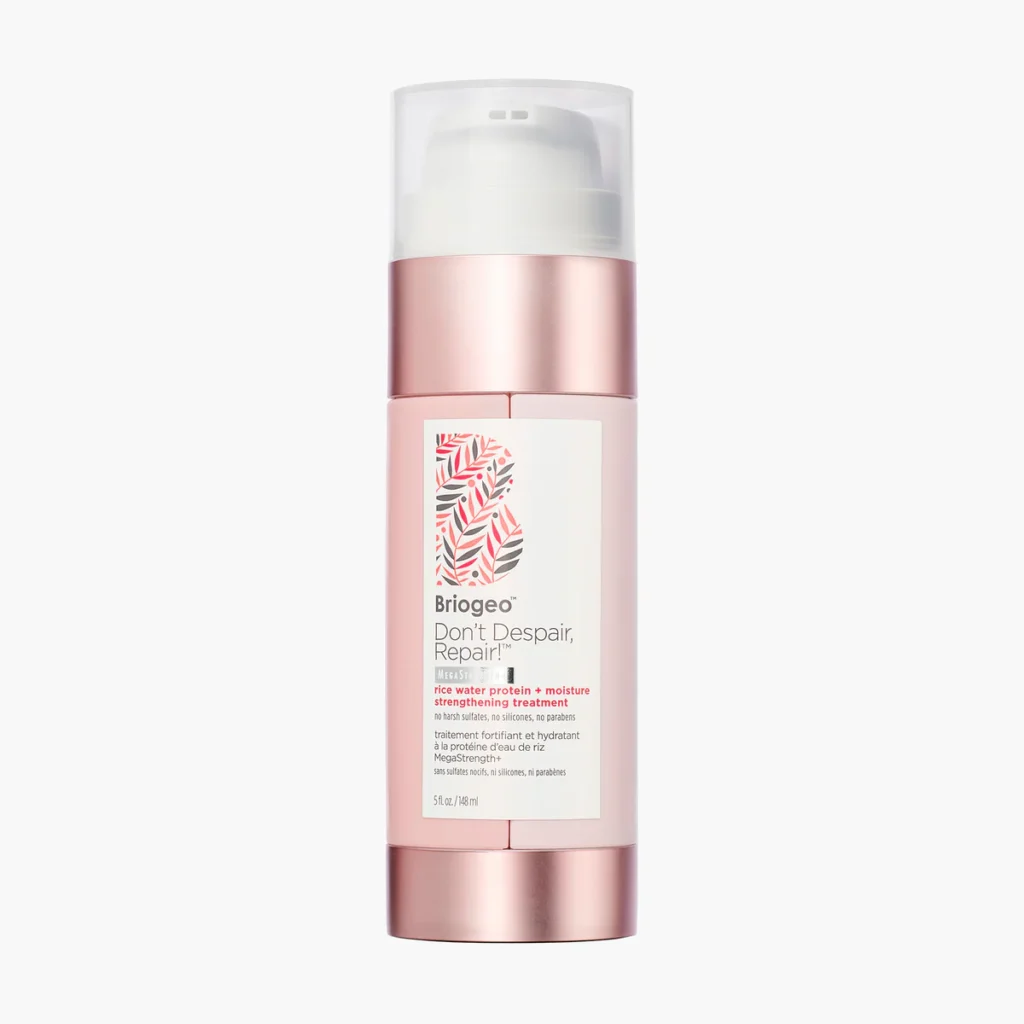
Briogeo – The Hair Repair holy Grail
For those preferring natural solutions to treat damaged hair, Briogeo’s Don’t Despair, Repair! duo offers powerful results with 98% naturally-derived ingredients. The formula is rich in proteins and vitamins, making it especially effective for dry, damaged hair.
2. Olaplex No.4 and No.5 Bond Maintenance
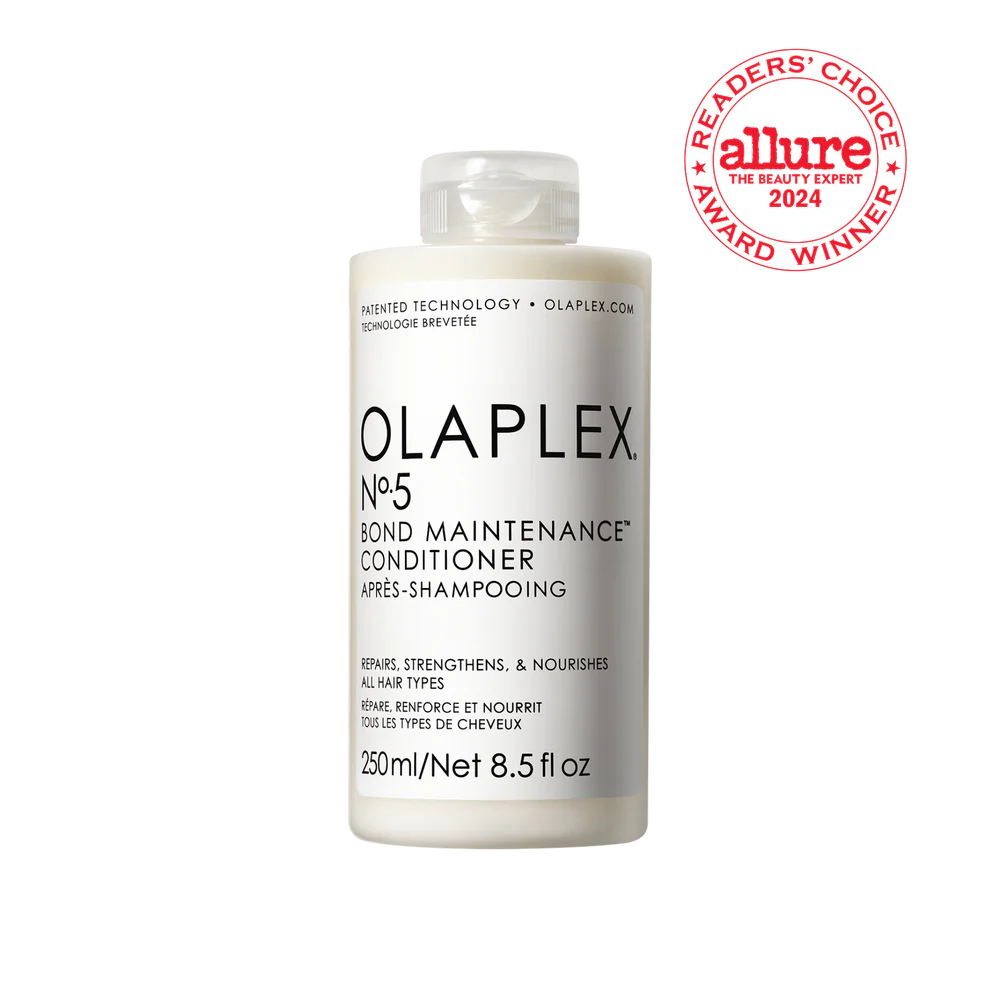
Olaplex No.4 and No.5
Olaplex has revolutionized hair care with its patented bond-building technology. The No.4 Bond Maintenance Shampoo and No.5 Bond Maintenance Conditioner work together to repair broken bonds within the hair structure at a molecular level. This professional-grade formula is particularly effective for chemically treated or severely damaged hair.
2. Kerastase Genesis
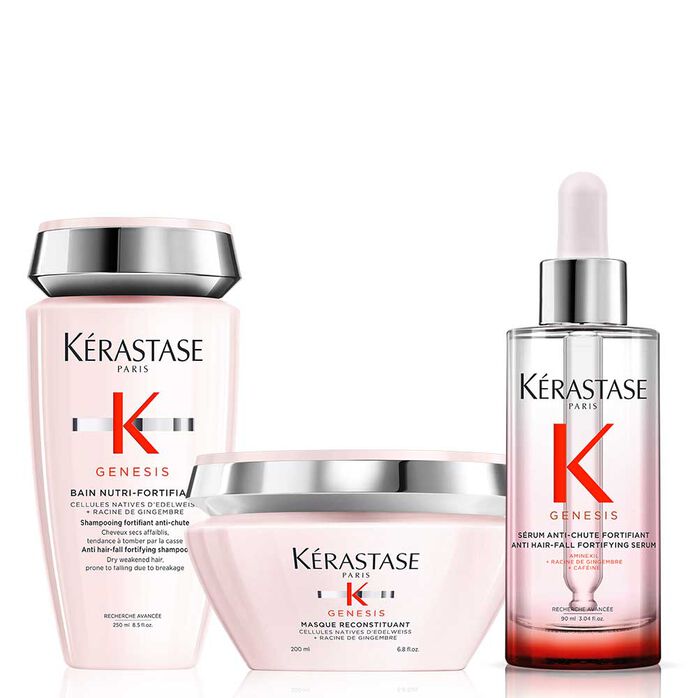
Keraste Genesis
Kerastase Genesis specifically targets hair prone to breakage and fall-out due to damage. This luxurious salon-quality formulation combines Aminexil and Edelweiss Native Cells to strengthen hair from root to tip.
4. Redken All Soft

Redken All Soft
Redken All Soft is a professional favorite for good reason. Its protein-moisture balanced formula provides deep moisturizing properties while maintaining optimal protein levels in the hair.
5. Pureology Hydrate
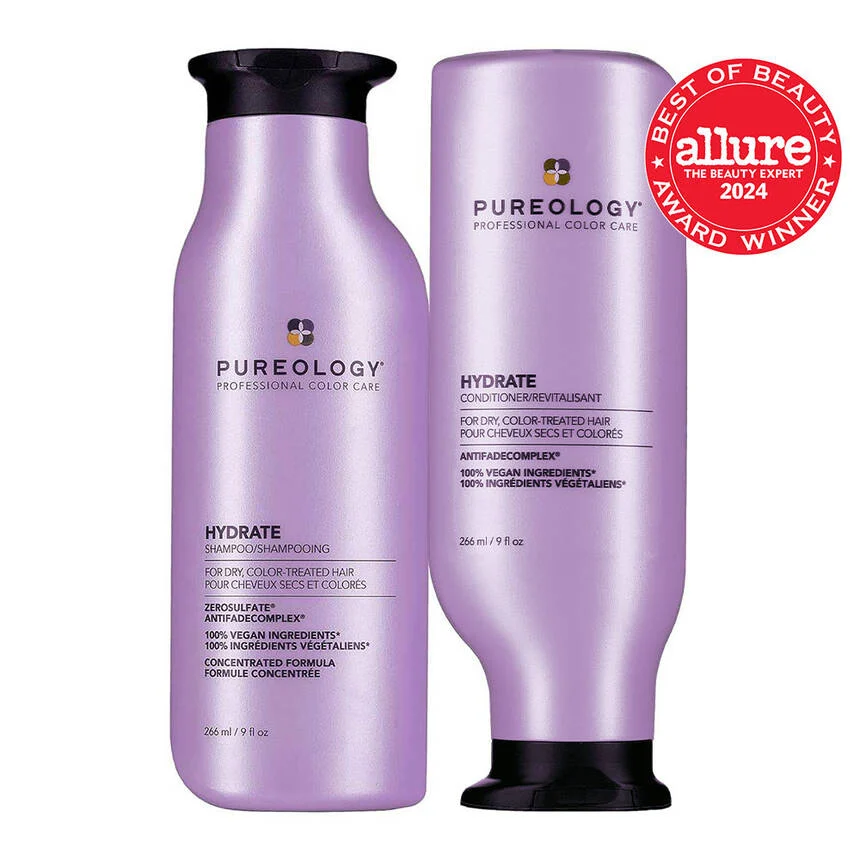
Pureology Hydrate
Pureology Hydrate stands out for its concentrated, color-safe formula and advanced hydration system. The sulfate-free shampoo and conditioner duo is specifically designed for dry, color-treated hair.
4. How to Maximize Results from Your Hair Care Routine
Getting the most out of your hair care products requires more than just applying them and rinsing. Let’s dive into the techniques and practices that will help you achieve optimal results.
- Use Lukewarm Water – Hot water strips moisture; always finish with a cool rinse to seal the cuticle.
- Deep Condition Weekly – A nourishing mask boosts hydration and repair. Try Olaplex No.8 or Briogeo’s deep conditioning mask.
- Apply Heat Protectant – Before styling, use a product like Redken Extreme Play Safe to shield against heat damage.
- Limit Washing – Over-washing can strip natural oils. Aim for 2-3 times per week.
- Sleep on Silk or Satin – Reduces friction and breakage overnight.
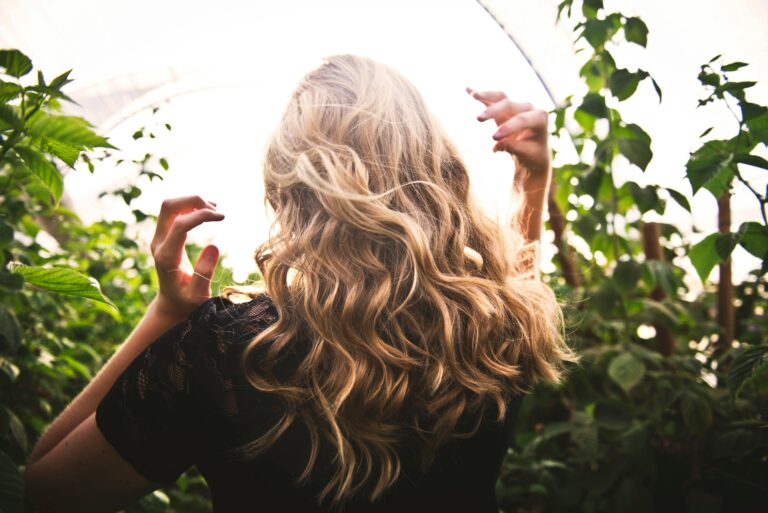
Proper Application Techniques
The way you apply your shampoo and conditioner makes a significant difference in their effectiveness.
1. Start by thoroughly wetting your hair with lukewarm water.
2. When shampooing, focus on the scalp rather than the lengths of your hair.
3. Use your fingertips (not nails) to massage the product in gentle circular motions, which helps stimulate blood flow to the scalp while effectively cleansing.
For conditioner, take a completely different approach:
1. After gently squeezing out excess water from your hair, apply conditioner starting from the mid-lengths to the ends.
2. Use a wide-toothed comb to ensure even distribution and detangle while the conditioner is in your hair – this is when your hair is most elastic and less prone to breakage.
Frequency of Use
With damaged hair, less is often more when it comes to washing. Over-washing can strip your hair of its natural oils, exacerbating damage. For most people with damaged hair, washing 2-3 times per week is optimal. However, this can vary based on your hair type, lifestyle, and the severity of damage.
Water Temperature Considerations
Temperature plays a crucial role in your hair care routine. Hot water can be damaging as it opens the hair cuticle too much, leading to moisture loss and frizz. Instead:
- Use lukewarm water for washing and applying products
- Rinse with cool water at the end of your shower to seal the cuticle
- Never use extremely hot water, as this can cause further damage and color fading
Additional Treatment Suggestions for Damaged hair
To amplify the results of your shampoo and conditioner:
- Use a deep conditioning mask once a week
- Apply a heat protectant before any heat styling
- Consider using a leave-in conditioner for extra protection
- Incorporate a weekly bond-building treatment
- Use a silk or satin pillowcase to reduce friction during sleep
Product Layering Tips
The order in which you apply products matters significantly. After washing and conditioning:
- Start with a leave-in conditioner or heat protectant
- Apply any specialized treatments or serums
- Finish with styling products
- Always apply products to damp, not soaking wet, hair
5. Common Mistakes to Avoid
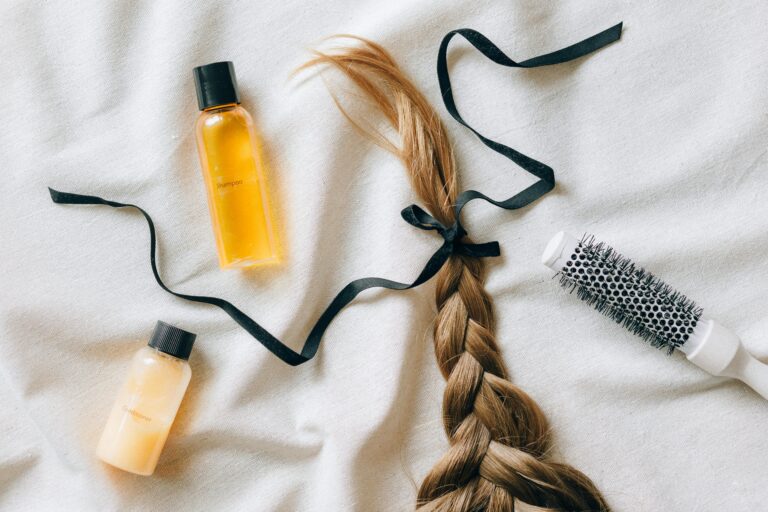
Being aware of common hair care mistakes can help you maintain healthier hair and get better results from your products.
🚫 Skipping Conditioner – Even oily hair needs moisture! Use lightweight formulas if worried about buildup.
🚫 Using Too Much Product – A dime-sized amount is often enough. More doesn’t equal better.
🚫 Rough Towel Drying – Pat, don’t rub! Use a microfiber towel or T-shirt instead.
🚫 Ignoring Product Buildup – A clarifying shampoo (once a month) helps prevent residue overload.
🚫 Mixing Incompatible Products – Not all brands play well together. Stick to the same line when possible.
Over-washing and Product Buildup
One of the biggest mistakes is washing hair too frequently or with too much product. This can lead to:
- Stripped natural oils
- Product buildup on the scalp
- Increased oil production as your scalp tries to compensate
- Drier, more damaged ends
To avoid this, use only the recommended amount of product and focus on quality over quantity. If you notice buildup, use a clarifying shampoo once a month.
Using Water That’s Too Hot
Hot water might feel good, but it’s damaging to your hair because it:
- Opens the cuticle too wide, leading to moisture loss
- Can fade color faster
- Makes hair more prone to frizz and tangles
- Can cause the scalp to produce excess oil
Skipping Conditioning Treatments
Even if your hair feels better, don’t skip conditioning treatments. Damaged hair needs consistent care to improve. Make deep conditioning a regular part of your routine, not just an occasional treatment.
Rough Towel Drying
The way you dry your hair can significantly impact its health. Avoid:
- Rubbing hair vigorously with a regular towel instead gently squeeze out excess water
- Wringing out your hair instead use a microfiber towel or old t-shirt
- Using a rough terry cloth towel instead pat hair dry rather than rubbing
Improper Product Application
Common application mistakes include:
- Applying conditioner to the scalp
- Not thoroughly rinsing products out
- Using too much product
- Not evenly distributing products through the hair
Before using hair perfume, check the label—some contain alcohol, which can dry out your hair. If you want something gentler, go for a hair mist instead! They have slight different charachteristics but smell great and are way more hair-friendly.
6. The Takeaway
Restoring damaged hair doesn’t happen overnight, but using the right shampoo and conditioner combination, along with proper hair care techniques, can make a remarkable difference. Whether you choose the bond-building power of Olaplex or the natural approach of Briogeo, consistency is key. Remember to consider your specific hair concerns when making your selection and be patient with the process – visible improvement typically takes 4-6 weeks of consistent care.
Ready to transform your damaged hair ?
The content on Calm & Wellness is for informational purposes only and is not intended as medical advice, diagnosis, or treatment, always consult with a qualified healthcare professional
RELATED POSTS

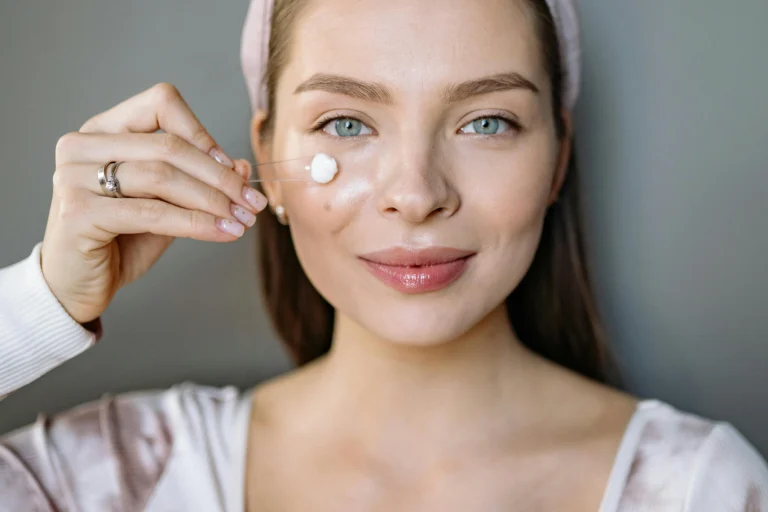
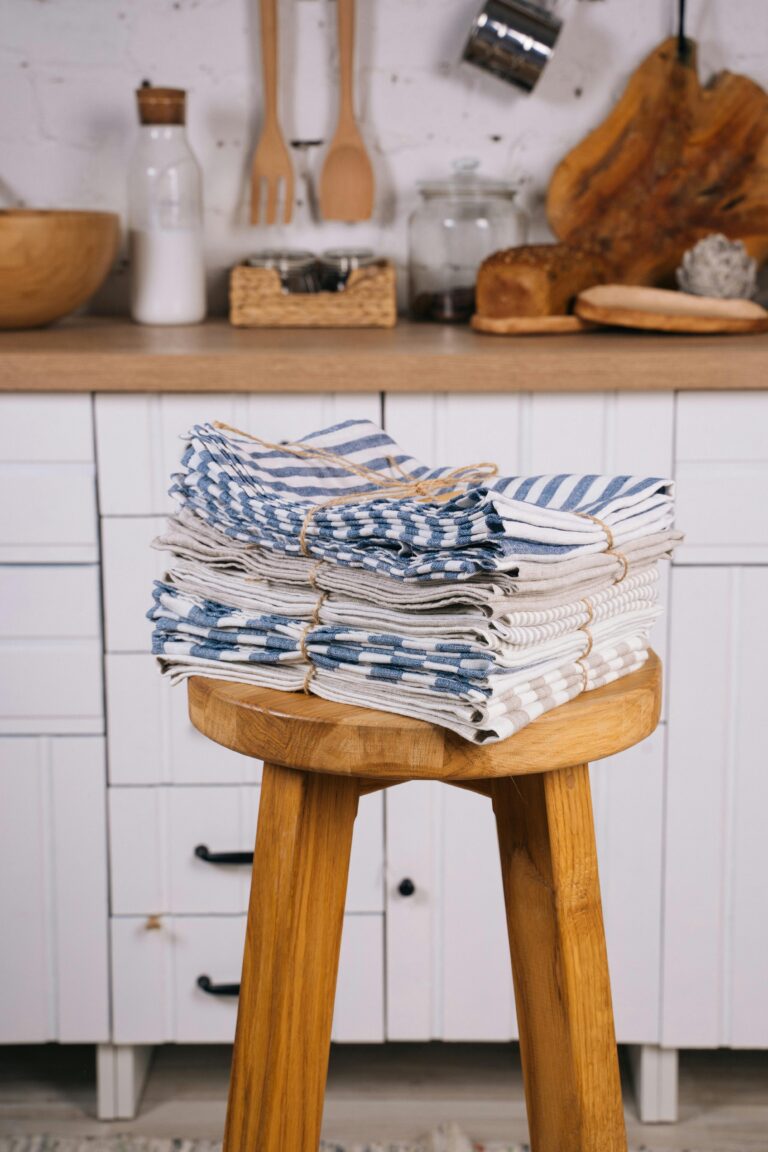

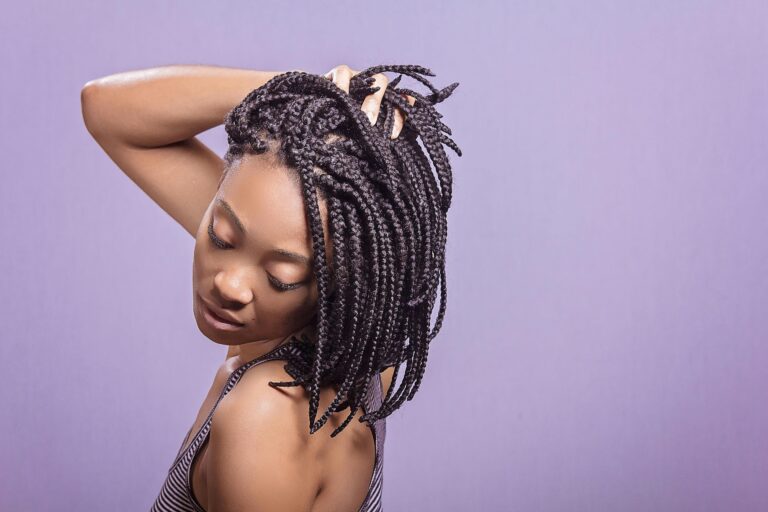
19 Natural Ingredients for Hair Care That Actually Work (And Why You’ll Never Go Back)
Okay, real talk. If you’ve ever stared at the back of a shampoo bottle and felt like you needed a chemistry degree to understand it… you’re not alone. Between the sulfates, parabens, and mystery “fragrance”…

